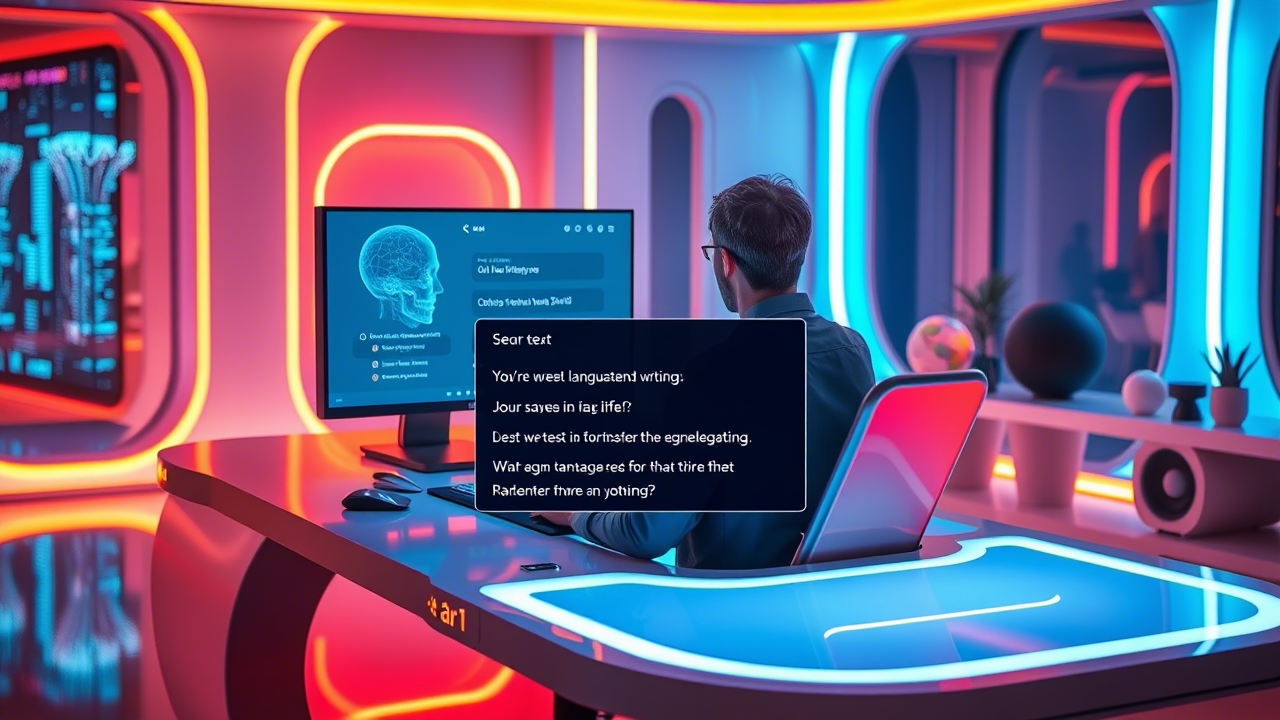Cloud Security and DevSecOps: Safeguarding Your Digital Assets in the Cloud Era

The cloud has revolutionized the way we work, offering flexibility, scalability, and accessibility like never before. But with great power comes great responsibility—especially when it comes to securing your digital assets. Whether you’re using Adobe Cloud for creative projects, storing sensitive data in Creative Cloud, or managing applications through other cloud platforms, cloud security is non-negotiable. Add to that the growing importance of DevSecOps, which integrates security into every stage of software development, and you’ve got a robust framework for protecting your business in the cloud era. Let’s explore how these two concepts work together to keep your data safe.
What Is Cloud Security, and Why Does It Matter?
Think of cloud security as locking your house, but instead of physical keys, you’re using digital ones. It’s all about protecting your data, applications, and infrastructure from unauthorized access, breaches, and other cyber threats. With more businesses migrating to the cloud, the stakes have never been higher. A single vulnerability can expose sensitive customer information, disrupt operations, and damage your reputation.
Cloud security involves a combination of tools, policies, and practices designed to safeguard your digital assets. This includes encryption to scramble data so it’s unreadable to unauthorized users, multi-factor authentication (MFA) to add an extra layer of protection, and regular monitoring to detect and respond to threats in real time.
For businesses using platforms like Adobe Cloud or Creative Cloud, cloud security is particularly important. These platforms often store valuable intellectual property, client data, and creative assets, making them prime targets for cyberattacks. Ensuring these platforms are secure means not only protecting your work but also maintaining the trust of your clients and collaborators.
The Role of DevSecOps: Security from the Start
While cloud security focuses on protecting your data in the cloud, DevSecOps takes a proactive approach by integrating security into the software development process. Traditionally, security was an afterthought, tacked on at the end of development. But in today’s fast-paced digital landscape, that’s no longer enough.
DevSecOps brings security into the DevOps pipeline, ensuring that every line of code is scrutinized for vulnerabilities before it’s deployed. This shift-left approach means potential issues are identified and addressed early, reducing the risk of costly breaches down the line.
For example, if your team is developing an app that integrates with Adobe Cloud, DevSecOps practices would include automated security testing, code reviews, and continuous monitoring throughout the development lifecycle. This not only strengthens the app’s security but also speeds up the development process by catching issues before they escalate.
Best Practices for Cloud Security and DevSecOps

So, how can you implement these concepts effectively? Here are some best practices to get you started:
1. Embrace Secure Access Service Edge (SASE)
SASE (pronounced “sassy”) is a cutting-edge framework that combines network security and wide-area networking (WAN) into a single cloud-based service. It’s like having a security guard who also manages your traffic, ensuring only authorized users can access your cloud resources. SASE is particularly useful for businesses with remote teams, as it provides secure access to cloud applications from anywhere in the world.
2. Encrypt Everything
Encryption is your best friend when it comes to cloud security. Whether your data is at rest or in transit, encryption ensures it’s unreadable to anyone without the proper decryption key. Most cloud providers, including Adobe Cloud and Creative Cloud, offer built-in encryption features. Make sure they’re enabled and configured correctly.
3. Automate Security Testing
In a DevSecOps environment, automation is key. Use tools to automatically scan your code for vulnerabilities, test for compliance, and monitor for suspicious activity. This not only saves time but also ensures consistent security across all your projects.
4. Train Your Team
Your employees play a critical role in cloud security and DevSecOps. Provide regular training on best practices, such as recognizing phishing attempts, using strong passwords, and following secure coding standards. A well-informed team is your first line of defense against cyber threats.
5. Regularly Update and Patch
Cybercriminals are always looking for new vulnerabilities to exploit. Regularly updating your software, applications, and cloud platforms ensures you’re protected against the latest threats. Don’t forget to patch any known vulnerabilities as soon as updates are available.
The Future of Cloud Security and DevSecOps
As technology continues to evolve, so do the challenges of securing it. The rise of artificial intelligence, the Internet of Things (IoT), and edge computing means businesses must stay vigilant and adapt their security strategies accordingly.
By combining robust cloud security practices with the proactive approach of DevSecOps, you can create a resilient framework that protects your digital assets today and prepares you for the challenges of tomorrow. Remember, security isn’t just a technical issue—it’s a business priority.
This article is for informational purposes only and should not be considered professional advice.



